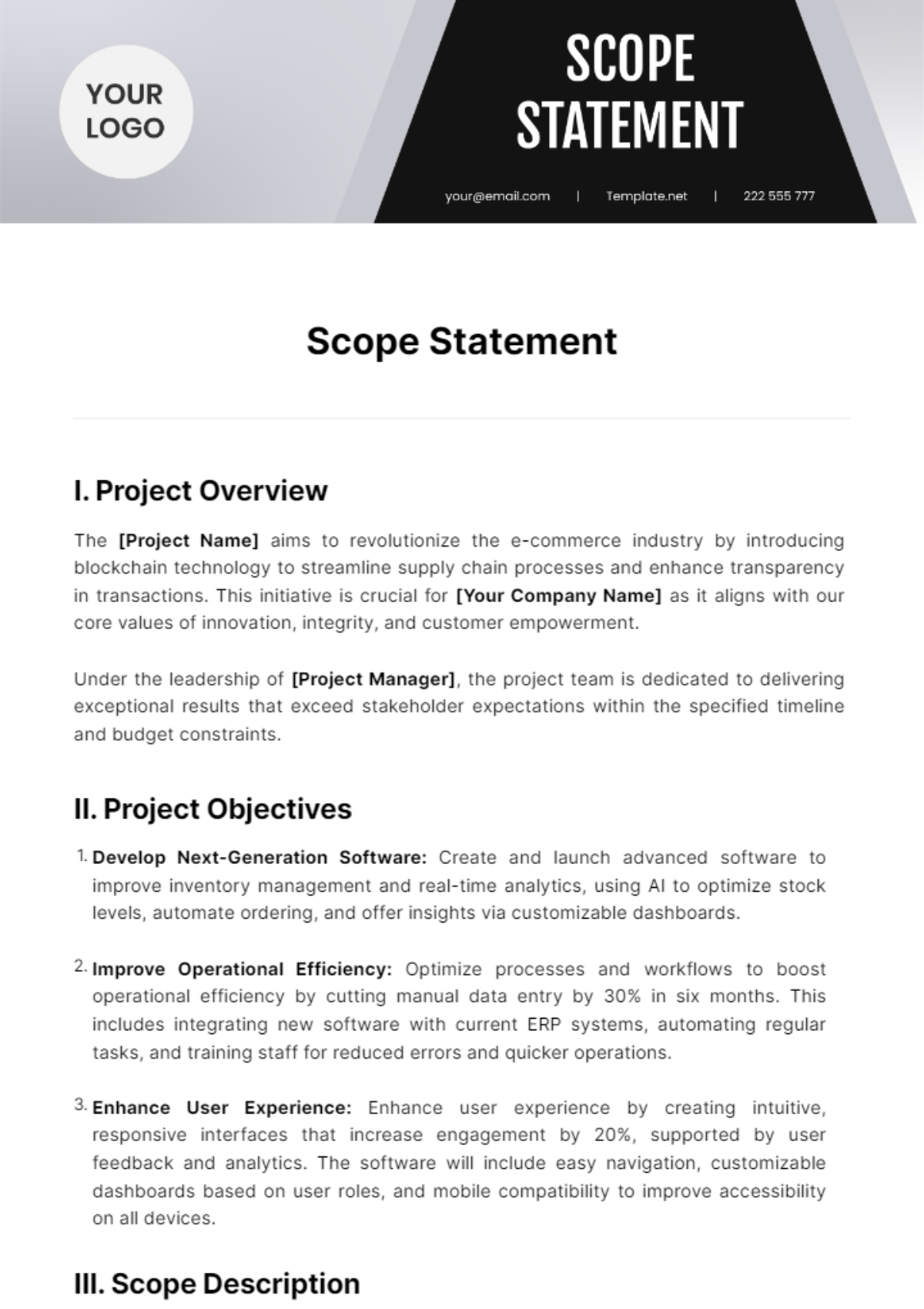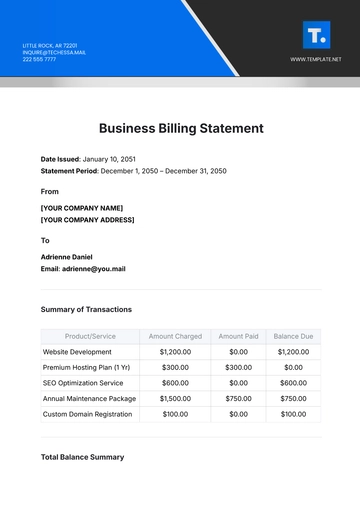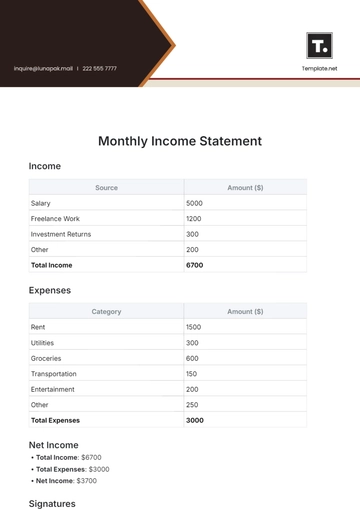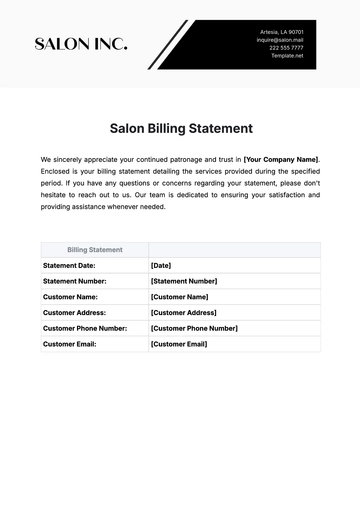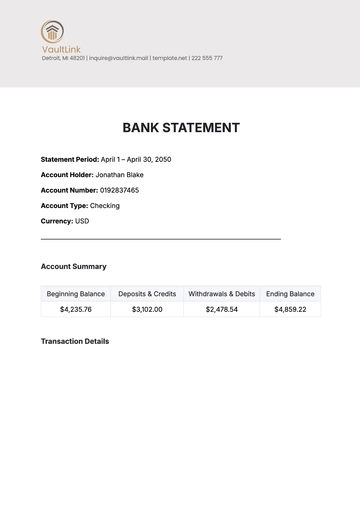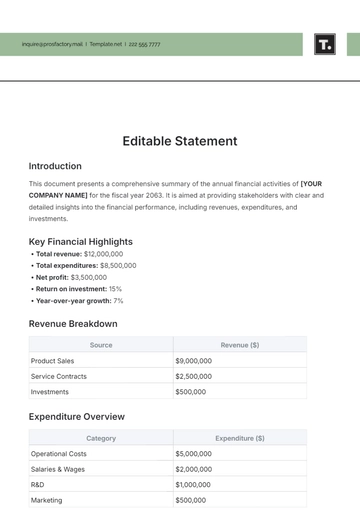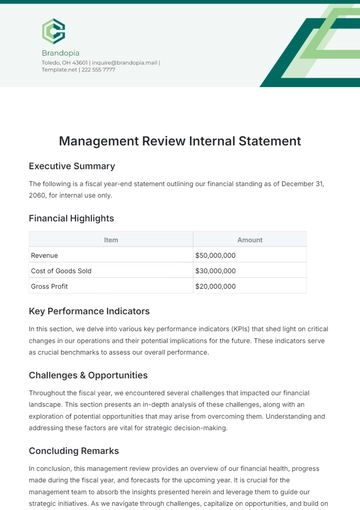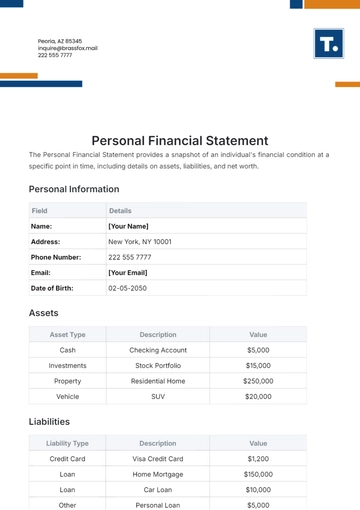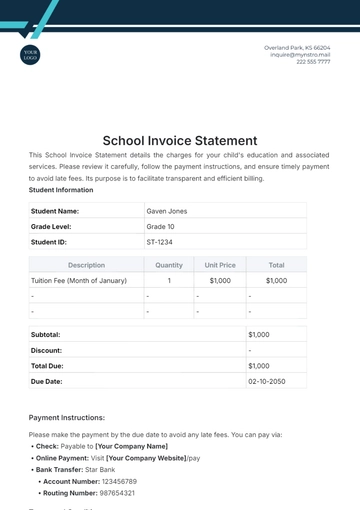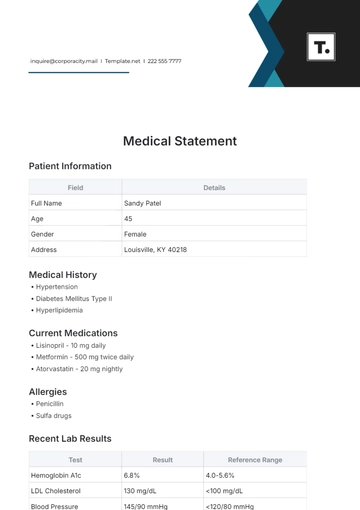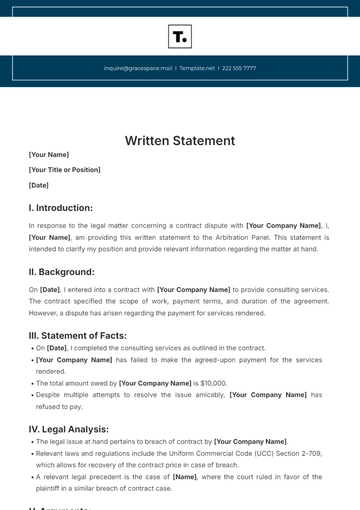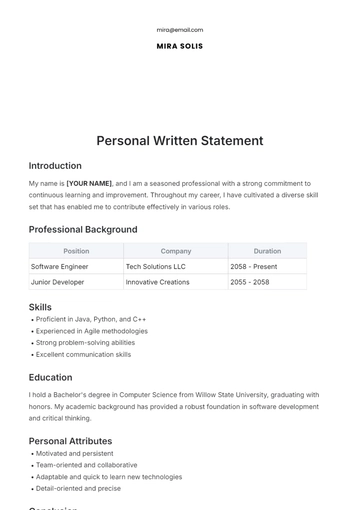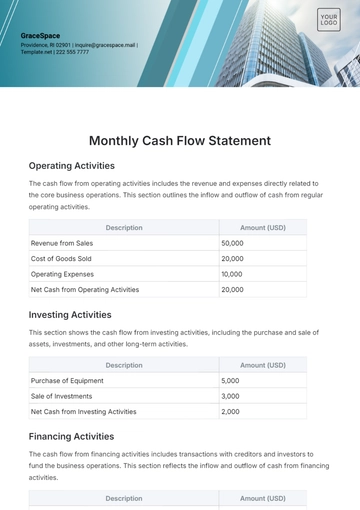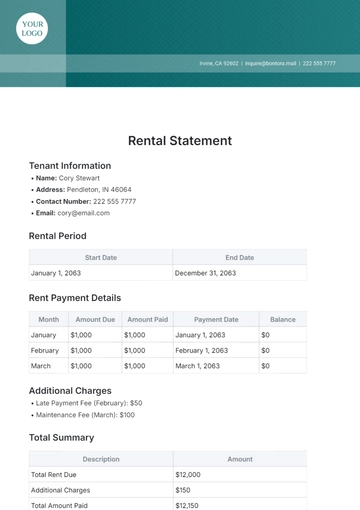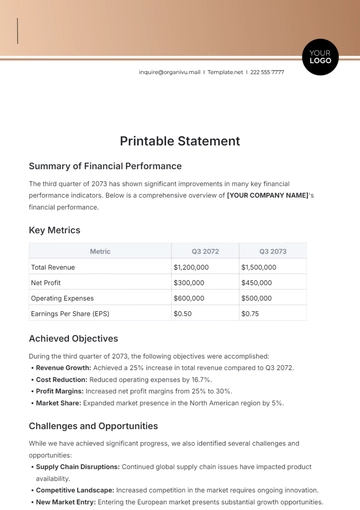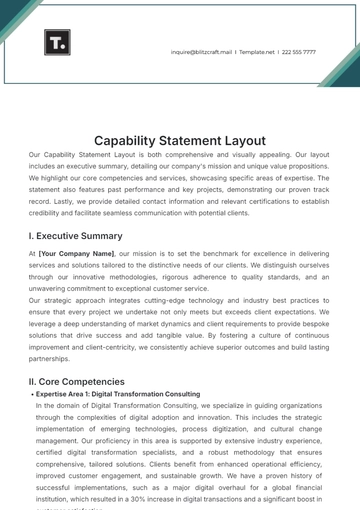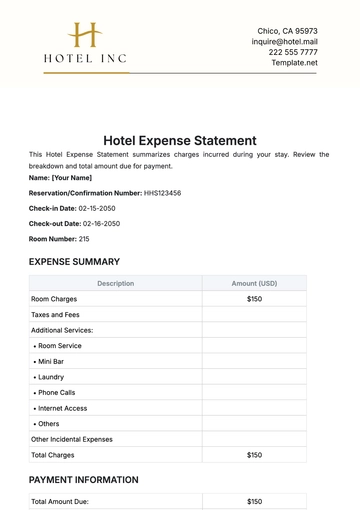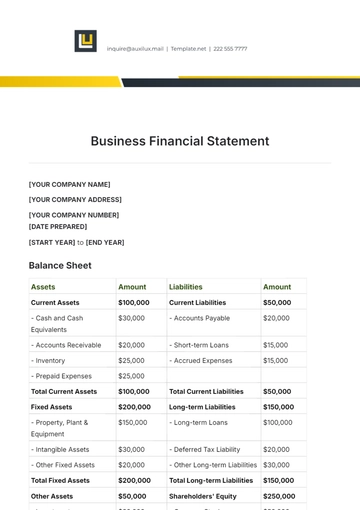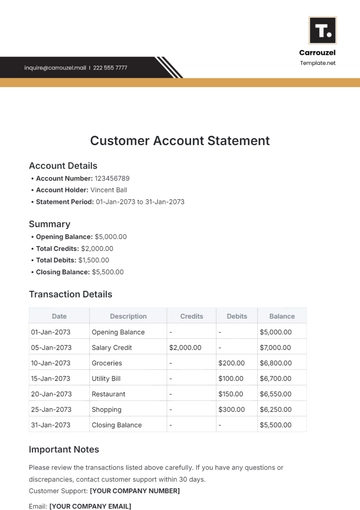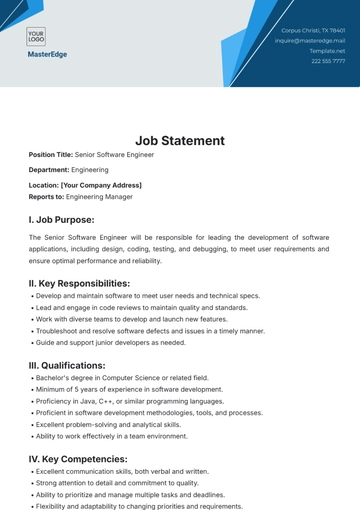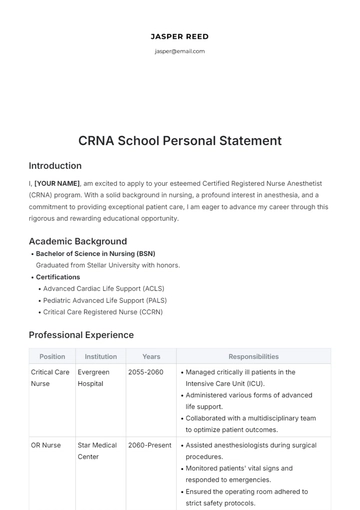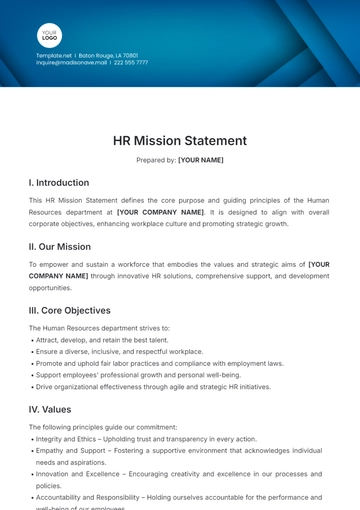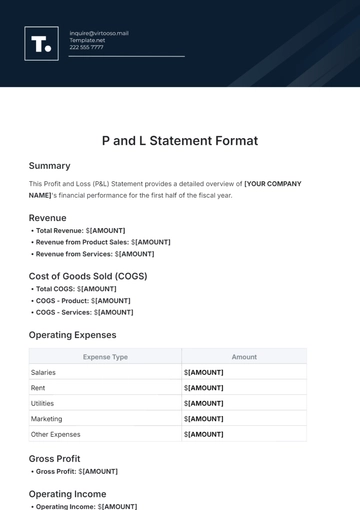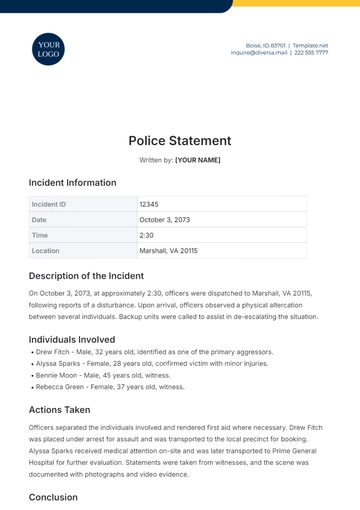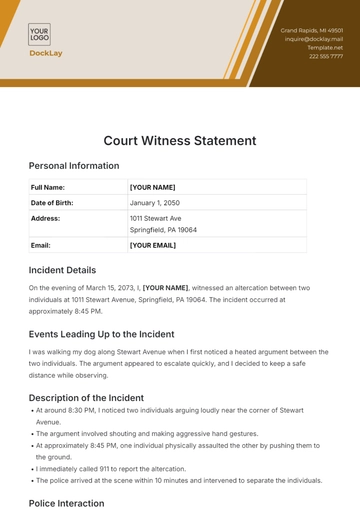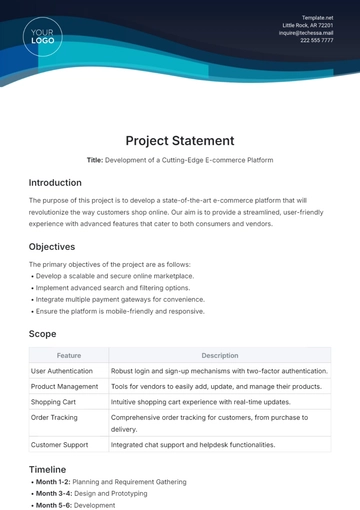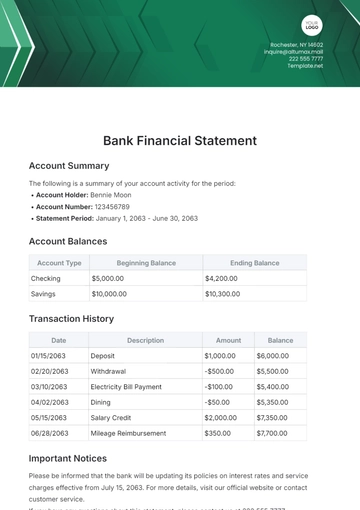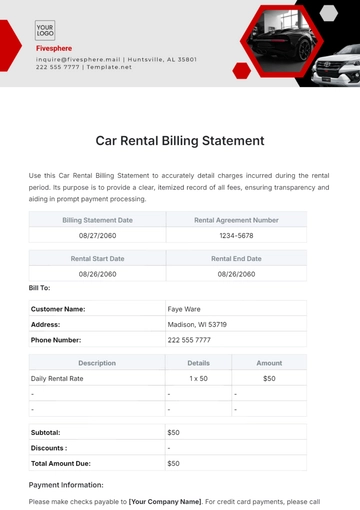Scope Statement
I. Project Overview
The [Project Name] aims to revolutionize the e-commerce industry by introducing blockchain technology to streamline supply chain processes and enhance transparency in transactions. This initiative is crucial for [Your Company Name] as it aligns with our core values of innovation, integrity, and customer empowerment.
Under the leadership of [Project Manager], the project team is dedicated to delivering exceptional results that exceed stakeholder expectations within the specified timeline and budget constraints.
II. Project Objectives
Develop Next-Generation Software: Create and launch advanced software to improve inventory management and real-time analytics, using AI to optimize stock levels, automate ordering, and offer insights via customizable dashboards.
Improve Operational Efficiency: Optimize processes and workflows to boost operational efficiency by cutting manual data entry by 30% in six months. This includes integrating new software with current ERP systems, automating regular tasks, and training staff for reduced errors and quicker operations.
Enhance User Experience: Enhance user experience by creating intuitive, responsive interfaces that increase engagement by 20%, supported by user feedback and analytics. The software will include easy navigation, customizable dashboards based on user roles, and mobile compatibility to improve accessibility on all devices.
III. Scope Description
A. Inclusions
Deliverables: Develop and test software modules: A (inventory management), B (reporting and analytics), and C (user authentication and access control) according to project specifications. Perform thorough user acceptance testing to verify functionality and usability, and provide extensive training to facilitate smooth adoption across departments.
Milestones:
Ensure that the entire software development phase is concluded by July 15, 2050, which includes finishing all coding tasks, integrating the various components of the software, and conducting the initial rounds of testing.
Conduct UAT and address feedback from stakeholders and end-users by August 5, 2050, ensuring all identified issues are resolved and functionalities align with user expectations.
Timelines:
Phase | Date | Activities |
|---|
Phase 1 (Development) | April 1, 2050 - July 15, 2050 | Coding, unit testing, integration, initial QA testing |
Phase 2 (Testing) | July 16, 2050 - August 5, 2050 | UAT, bug fixing, final QA testing before deployment |
B. Exclusions
IV. Constraints and Assumptions
A. Constraints
Budget: The project has a total budget of $3,000,000 covering all costs including software and hardware development, licensing, UAT, training materials, and contingencies.
Resources: To address potential delays due to limited skilled developers and QA testers, we will onboard more qualified team members, cross-train staff, and prioritize tasks based on availability and project needs.
Timeframe: The project, encompassing all phases from planning to post-launch support, needs completion in 12 months to meet market and business objectives. Strict schedule adherence and proactive risk management are essential for timely, quality delivery without scope compromise.
B. Assumptions
Third-Party Integrations: The assumption that third-party application programming interfaces, which are essential for the functionality of the software, will remain available and will be compatible with the specifications provided by the vendor.
V. Stakeholder Communication Plan
Stakeholder Identification: Key stakeholders in the project comprise the Chief Executive Officer (CEO) [CEO Name], the Chief Technology Officer (CTO) [CTO Name], the Project Sponsor [Sponsor Name], the entire Development Team, the Quality Assurance (QA) Team, and the End Users.
Communication Channels: All relevant parties will receive regular updates on the project through emails, weekly meetings, and monthly presentations to ensure stakeholders are well-informed and engaged.
Reporting Frequency: Weekly progress reports are to be submitted every Friday, while formal progress reviews are scheduled to take place every other week.
VI. Risk Management Plan
A. Risk Identification
Technology Risks: There are several potential risks to consider, such as the issues that could arise during the integration of new software with existing systems, the problems related to ensuring compatibility with legacy systems, and the vulnerabilities concerning the security of data.
B. Risk Mitigation
Mitigation Strategy: During the development phase, it is essential to perform detailed compatibility testing to ensure software runs smoothly across all intended environments and platforms, and to prioritize the enhancement of security measures, particularly through strong data encryption.
VII. Approval and Sign-off
[Approval Process]: The Scope Statement and project plan will be reviewed and approved by [Key Stakeholders] including the Project Sponsor and Executive Leadership Team before project commencement.
Statement Templates @ Template.net
